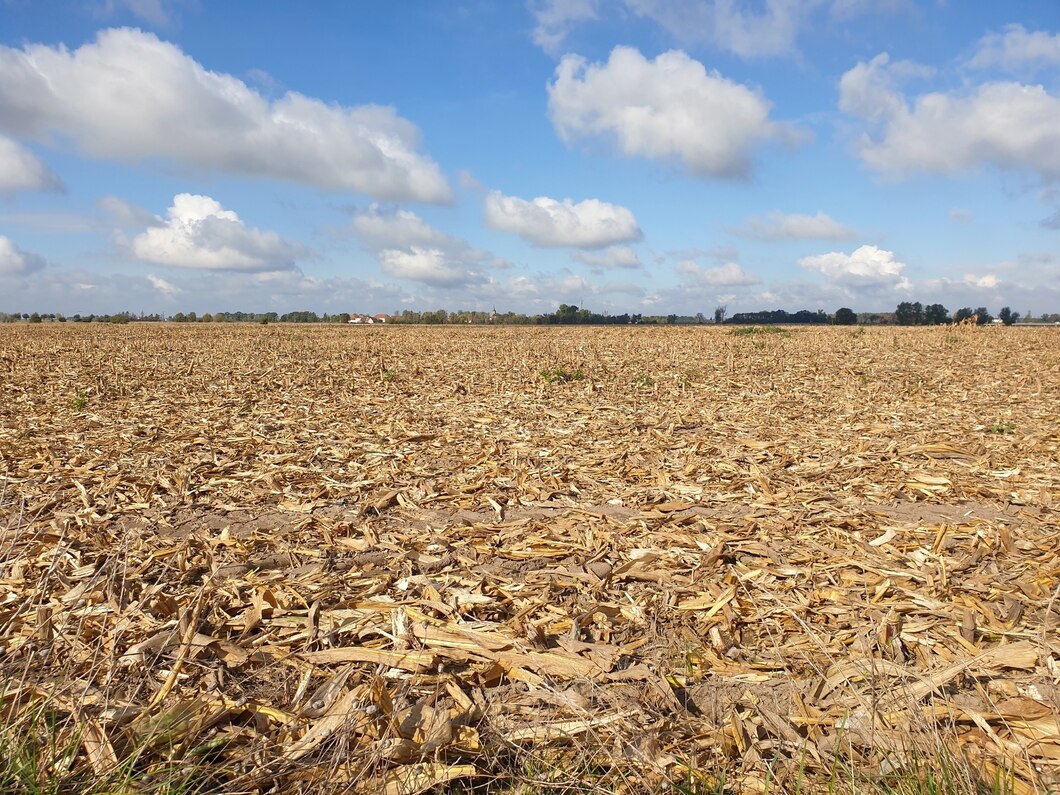Zambia, known for its rich agricultural potential, is facing several challenges that threaten the sustainability and growth of its agricultural sector. With agriculture contributing significantly to the country’s GDP and employing a large portion of the population, addressing these challenges is crucial for food security, economic stability, and rural development. Here are ten key challenges that the Zambian agricultural sector is currently facing:
1. Climate Change
Zambia is experiencing the impacts of climate change, including erratic rainfall patterns, prolonged droughts, and extreme weather events. These changes adversely affect crop yields and livestock productivity, leading to food insecurity and economic instability.
2. Limited Access to Finance
Many smallholder farmers in Zambia struggle to access financial services, including loans and credit. This lack of funding restricts their ability to invest in improved agricultural practices, purchase quality seeds, and acquire necessary equipment, ultimately hindering productivity.
3. Inadequate Infrastructure
The agricultural sector suffers from poor infrastructure, including limited road networks, storage facilities, and irrigation systems. This inadequacy affects farmers’ ability to transport their produce to markets, resulting in post-harvest losses and reduced income.
4. Land Tenure Issues
Unclear land ownership and tenure insecurity pose significant challenges for Zambian farmers. Many farmers lack formal title deeds, which limits their access to credit and investment in land improvements. This uncertainty can also lead to conflicts over land use and ownership.
5. Pest and Disease Management
Pests and diseases remain a persistent threat to crop and livestock production in Zambia. The lack of access to effective pest control measures and veterinary services leads to significant losses, undermining farmers’ efforts to enhance productivity.
6. Limited Market Access
Smallholder farmers often face challenges accessing markets for their produce. Factors such as inadequate transportation, high market fees, and lack of information on market demand can result in reduced sales and income instability.
7. Dependency on Rainfed Agriculture
A significant portion of Zambian agriculture relies on rainfed systems, making it vulnerable to climatic fluctuations. This dependency hampers productivity and increases the risk of crop failure during dry spells or floods.
8. Low Levels of Technology Adoption
There is a slow adoption of modern agricultural technologies among Zambian farmers. Many still rely on traditional farming methods, which limit productivity and efficiency. Promoting the use of innovative farming techniques and technologies is essential for enhancing agricultural outputs.
9. Insufficient Research and Extension Services
Research and extension services in Zambia are often underfunded and poorly coordinated. Farmers lack access to updated agricultural research and best practices, hindering their ability to make informed decisions about crop selection and management.
10. Policy and Regulatory Challenges
Inconsistent policies and regulatory frameworks can create uncertainty in the agricultural sector. Farmers often face bureaucratic hurdles, unclear regulations, and frequent changes in policy, which can discourage investment and innovation in agriculture.
Addressing these challenges is critical for the sustainable development of Zambia’s agricultural sector. Collaborative efforts between the government, private sector, and international organizations are necessary to create an enabling environment for farmers. By investing in infrastructure, improving access to finance and technology, and enhancing research and extension services, Zambia can unlock the full potential of its agricultural sector, ensuring food security and economic resilience for its population.






